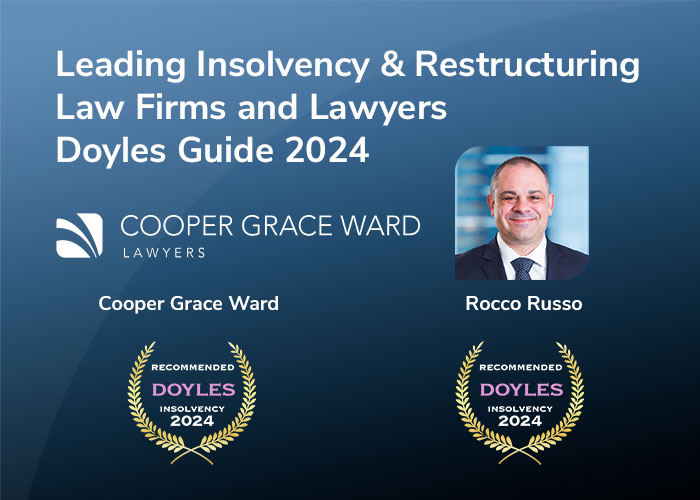Schonell v Laspina, Trabucco & Co Pty Ltd [2013] QSC 90
This Supreme Court decision confirms that the test for reasonableness is forward-looking and cannot be considered with the aid of hindsight. The decision also provides that deliberately obtaining information in creative ways to avoid the operation of section 279 of the Workers’ Compensation and Rehabilitation Act 2003 (Qld) is behaviour contrary to the objects of the Act.
The plaintiff was employed by the defendant as a block layer. He was injured when he stepped off the platform he had been working from onto a ladder. He alleged that when he placed his weight on a rung of the ladder, it ‘shunted’ and gave way. In attempting to return to the platform his left foot became caught on the lip of the second plank and he injured his left knee.
The plaintiff argued that:
- the ladder had a defective brace
- there should have been regular inspections of the ladder
- the scaffold constructor failed to properly inspect the ladder
- a conventional ladder should have been used (if the tipping of the ladder to its side was a cause of the accident).
Martin J found that:
- The employer’s inspection of the ladder on the day of the accident was reasonable and that there were no practical alternatives to that type of inspection. The absence of regular inspections is irrelevant if an inspection immediately before an incident disclosed nothing untoward.
- The plaintiff’s submission that the scaffold constructor failed to properly inspect the ladder could not be accepted because the plaintiff called the scaffold constructor as a witness and made no attempt to lead evidence of inadequacy of inspection by him.
- The plaintiff’s foot did not become caught on the second plank of the platform; this version was a ‘reconstruction by the plaintiff of what [had] occurred’ and was inconsistent with previous accounts.
- Even if this reconstructed version of events was accepted, there was no evidence of an industry standard for plank clamps to be used for a 4-plank scaffolding platform commonly used by block layers. This argument by the plaintiff was ‘based upon “an inappropriate and impermissible use of the benefit of hindsight”’.
- The plaintiff did suffer a painful injury and continued to suffer its side effects but his Honour noted, by reference to surveillance footage, that the plaintiff exaggerated his condition and consciously presented himself in a way designed to elicit sympathy and support his claim.
In deciding whether the employer had breached its duty of care, Martin J emphasised that ‘reasonableness’ must be considered without any benefit of hindsight. His Honour cited Hayne J’s judgment in Vairy v Wyong Shire Council:
The inquiry into breach, although made after the accident, must attempt to answer what response a reasonable person, confronted with a foreseeable risk of injury, would have made to that risk. […] that inquiry must attempt, after the event, to judge what a reasonable person would have done to avoid what is now known to have occurred. Although that judgment must be made after the event, it must seek to identify what the response would have been by a person looking forward at that prospect of the risk of injury.
Martin J dismissed the claim because the plaintiff failed to demonstrate that any action or lack of action by the defendant caused, or even contributed, to his injury or that the defendant was otherwise negligent.
The case also looked at the scope of section 279 of the Workers’ Compensation and Rehabilitation Act 2003 (Qld) (‘the Act’). That section requires parties to cooperate by ‘giving each other copies of relevant documents about the circumstances of the event resulting in the injury’. Martin J noted that the plaintiff’s solicitors deliberately did not obtain a signed statement from the plaintiff. Instead, to avoid the operation of section 279, they took his instructions, reduced them to writing and then asked for his comments.
His Honour was unimpressed by the plaintiff’s solicitors’ apparent disregard for the legislation and noted that ‘at the very least’ it appeared that the claimant’s solicitor had acted in a way contrary to the objects of the Act.
This further emphasises the ‘cards on the table, cards face up’ approach to disclosure under the Act.





